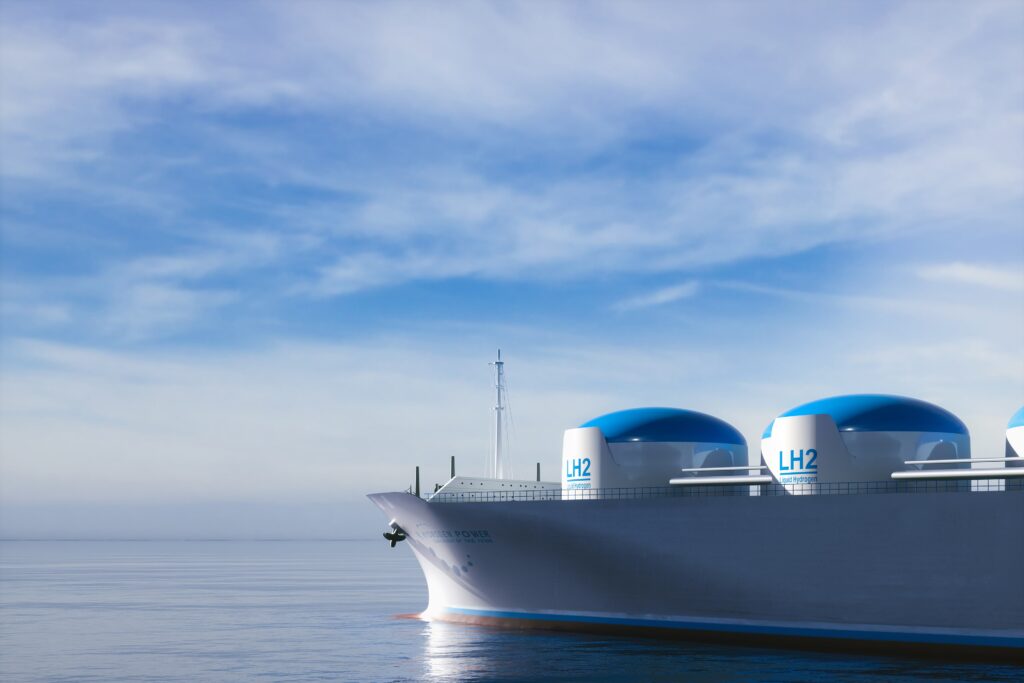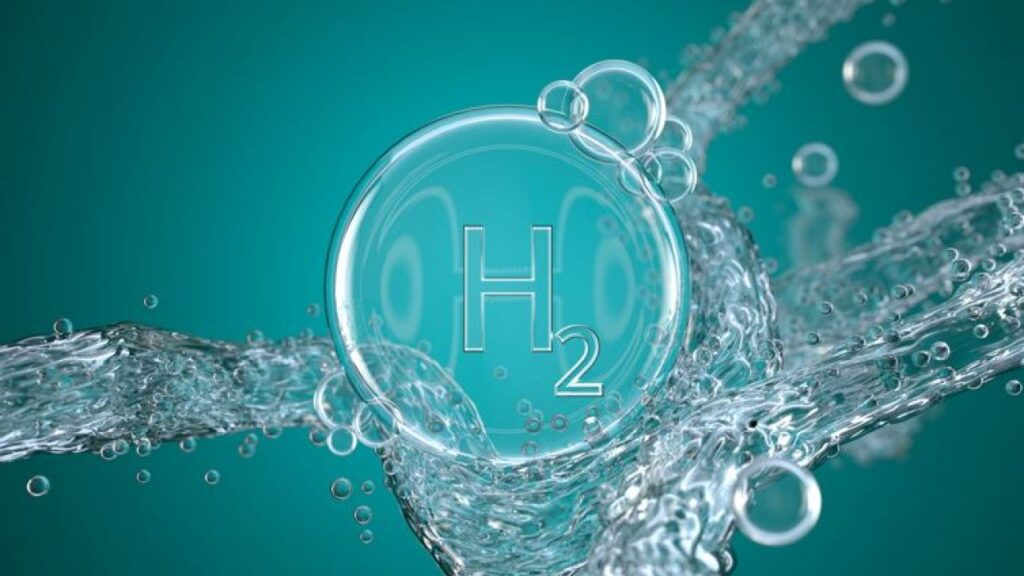
- Green hydrogen is a necessity in the transition to green energy for a low-carbon energy future. It requires the use of water in the electrolysis process for production.
- The Biden administration climate agenda hit hurdles as water availability faces challenges. This is from the increased drought in the region and need for desalination plants.
The world is still on the run to advance in the production of clean energy to lead to a sustainable energy future. Some of the developed countries are already on the road to a low carbon energy future. This is through the use of renewable energy sources and other clean sources. These attempts aim to reduce the effects of climate change caused from the emissions of greenhouse gases. The USA is at the forefront of this transition from the investments by the Biden administration climate agenda. Recently, the agenda has been facing various challenges in the development of green hydrogen. These challenges include drought which lead to the reduction of water levels. This affects hydrogen as it requires the use of water in the electrolysis process. It also indicates the need for more investment in seawater desalination plants.
Power line insulators are devices used to prevent electric current leakage from the conductors on power poles to the surrounding. They may be from materials such as wood, water, paper, asphalt or oil. The insulators are from materials such as glass, polymer or porcelain. Insulators protect the other overhead devices from excess current flow. They include pin insulators, post insulators, stay insulators, shackle and suspension insulators.
Importance of water availability in green hydrogen production
Water availability plays a vital role in green hydrogen production particularly in the electrolysis process. He availability influences the scalability, sustainability and feasibility of green hydrogen production. Water availability supports the growth and adoption of green hydrogen as a clean and renewable source. The US could face the challenge of water availability and find ways to increase the availability for the hydrogen production. Power line insulators help to protect the overhead devices from excess currents. The following are the main significance of water availability in green hydrogen production.
- Electrolysis process – the electrolysis process uses electricity to separate water molecules to hydrogen ions. The availability of water sustains the electrolysis process. It ensures a continuous production of hydrogen for fuel.
- Water quality – the water used in the electrolysis process should be free from impurities or contaminants. This is because the impurities can affect the efficiency and durability of electrolyzers. Power line insulators work with other fittings such as bolts, nuts, washers and screws. These fittings help ensure secure and safe connections.
- Chunked water sources – green hydrogen production facilities should establish near water sources to provide operational advantages. Establishments near rivers, lakes or oceans allow easier access to water for hydrogen production.
- Sustainable feedstock – sustainability of green hydrogen is from the use of renewable energy sources such as solar and wind power. In the electrolysis process, water is the feedstock as it is readily available and does not emit greenhouse gases during the process.
- Water consumption and efficiency – green hydrogen production consists of two electrolysis process. One, alkaline electrolysis which consumes more water during the process and two, proton exchange membrane electrolysis which uses less water. Water consumption can reduce by establishing recycling methods and catalysts materials. Power line insulators provide mechanical strength and electric resistance for longer serviceable life.

Challenges facing water availability for hydrogen production in USA
Challenges in water availability could reduce by developing water management policies, technology innovations and water conservation. This can help balance water demands and ensure sustainable water availability. The following are the key challenges facing water availability in green hydrogen production.
- Drought – drought conditions in the USA may impact the availability of water for electrolysis. Regions may struggle to get water supplies which may hinder scalability and feasibility of green hydrogen projects.
- High water demands – various sector such as agriculture, industry and municipal use may limit the availability of water for green hydrogen production.
- Energy intensity of desalination – desalination plants convert seawater into freshwater for electrolysis which requires substantial amounts of electricity.
- Water quality – quality of water used in the electrolysis process ensures optimal performance and durability of the electrolyzers. Presence of impurities negatively affect the efficiency and reliability of electrolysis equipment.
- Infrastructure – pipelines, pumping stations and storage facilities are necessary for transport and storage of water for green hydrogen processes. The development of these sources is both costly and time consuming.
